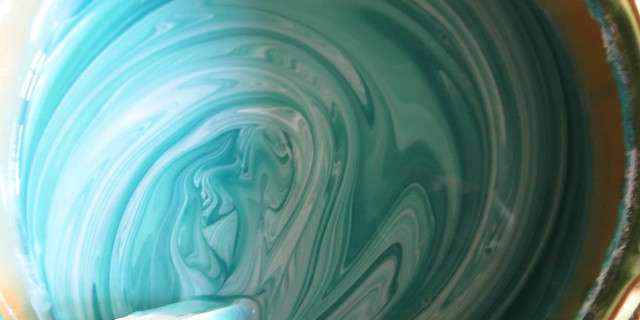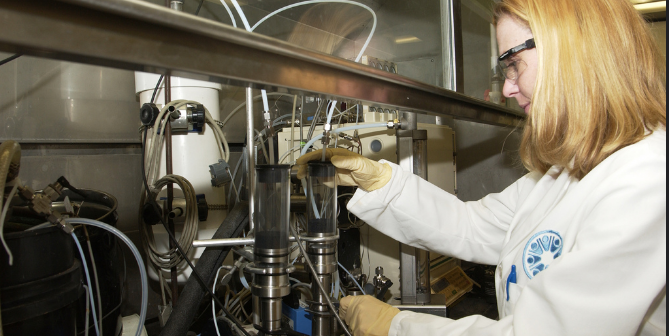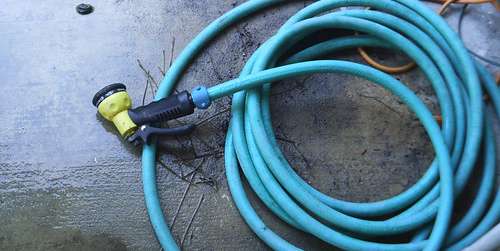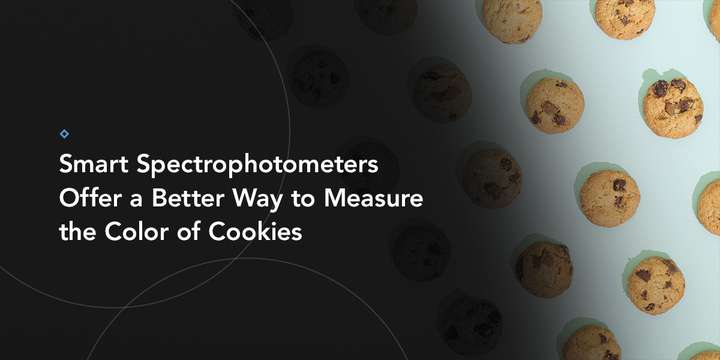Spectrophotometric analysis is playing a critical role in the development of new plasticizers as manufacturers move away from phthalates.
Image Source: Flickr user Paula Whidden
Plasticizers are some of the most widely used chemicals in existence, giving shape, function, and durability to countless objects that surround us every day of our lives. From garden hoses to power cords, soft plastic toys to IV bags, these remarkable compounds enhance our lives in immeasurable ways. However, growing concern regarding the health impact of phthalates, the most prevalent plasticizers in use today, is creating a sea change in the chemical industry as manufacturers seek to design safer plasticizer alternatives to satisfy emerging government regulations and consumer demand. Spectrophotometric instrumentation is playing a central role in the development of this new generation of plasticizers, giving researchers and manufacturers the precise data needed to tailor formulations for optimal performance.
Apple moved away from phthalate plasticizers in their power cords and earbuds in response to health concerns. Image Source: Unsplash user Galymzhan Abdugalimov







